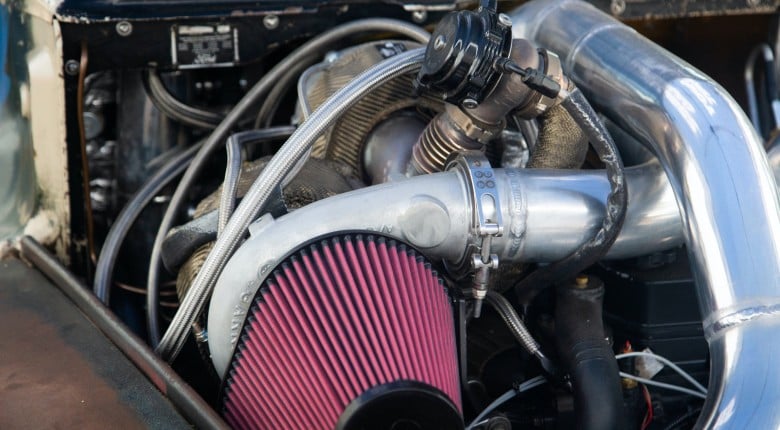When learning how to tune a common rail diesel engine, it's important to be sure that the information you’re getting is based on proper data analysis – the last thing you want to do is waste your time testing myths passed around by rookie tuners. While it’s impossible to gather every misguided piece of advice about diesel tuning in a single article, the following list should give you a good starting guide on what to watch out for and how you can hopefully dodge some of the most common pitfalls out there.
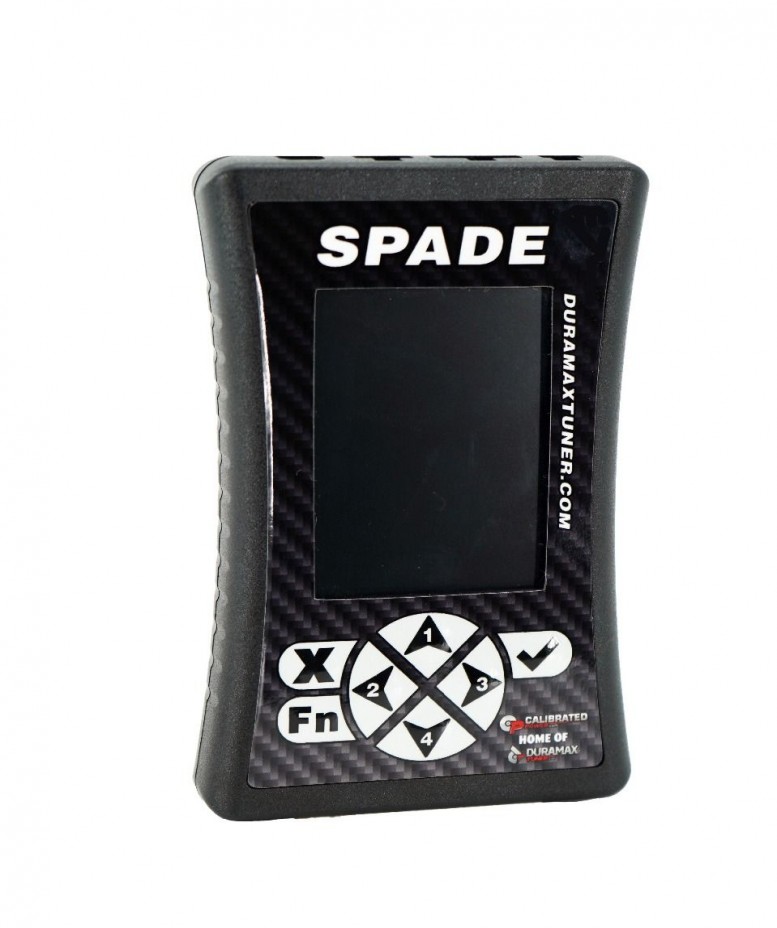
Before we dive in, let's make sure we're up to speed on a couple of things first for context's sake. The term 'Box Programmers' refers to tuning modules that you can buy off the shelf with pre-loaded tunes. In the diesel performance industry, these are considered the most entry-level (and archaic) way to cheaply add power. On the other end of the tuning quality spectrum, there's 'custom tuning'.
Custom tuning allows manipulation of the engine and/or transmission computer map by an end-user or specialized professional tuner. This is most often done through hardware and software that 'flashes' the ECM (Engine Control Module), TCM (Transmission Control Module), or PCM (Powertrain Control Module).
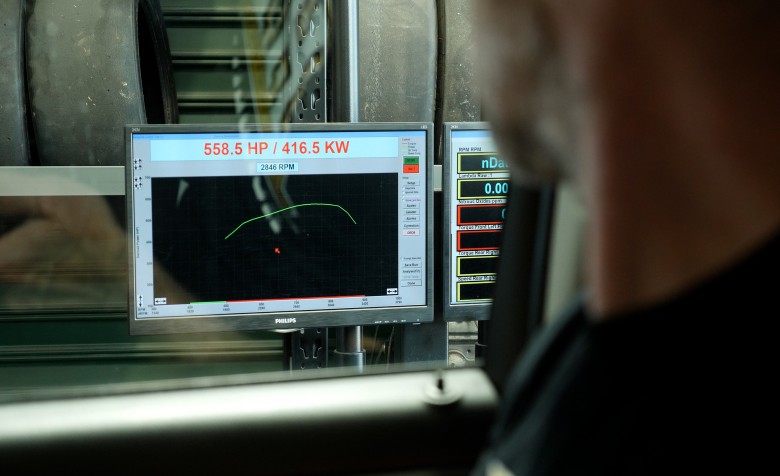
Horse Power and Torque Gains
The 2021 Chevrolet Silverado HD with the 6.6L Duramax is rated at 445 horsepower. However, you may dyno it and find numbers closer to 405 horsepower. That doesn’t mean the factory lied to you, nor does it mean they only provide flywheel power ratings. Flywheel or 'Crank' horsepower refers to how much power an engine is making before being sent through the driveline and the unavoidable losses that creates.
There are variations between dyno runs, test windows, air density, and many other factors that can shift a dyno number up or down. The actual baseline number only matters in reference to the horsepower and torque gains!
When you see fly-by-night tuners throwing around peak numbers that seem unrealistic – like a 1,000HP stock Volkswagen, for example, just remember that there’s always more to the story. You need a baseline and peak power run to determine the validity of power gains. That 1,000HP could be true if the baseline is 995HP (although there is a lot to be said for where and how a baseline is set).
More knowledgeable performance enthusiasts understand that even peak power gains don’t paint a clear picture of how good or bad a tune is. Sure, we all want power, but more importantly, we need to be able to use that power in the real world. A good example of 'useable power' could be a diesel pickup truck towing a 5th wheel camper up a long incline at higher elevations. An experienced tuner knows when and how to bring enough power on to get the job done without sacrificing a massive amount of reliability.
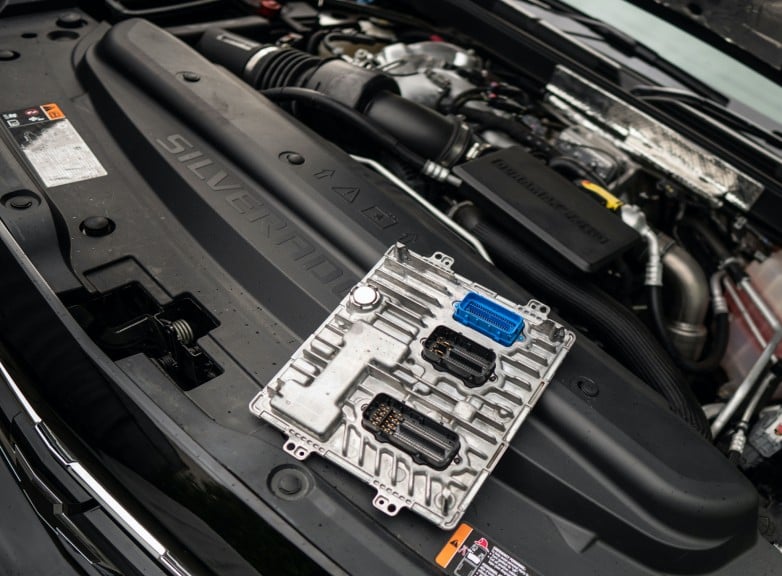
Installation Process
Out of all the tuning products sold around the world, no company is ever going to say that its offering is hard to install. Literally, none of them. In reality, though, some products are much easier to install than others. There are all sorts of methods to install tuning but regardless of preference, sometimes it's out of your control and the options are limited by security restrictions installed by the OEM.
OBD2 flashing utilizes the communication harness provided by the factory, and most ports are located just under the dashboard on the driver’s side of the vehicle. For end-users, this is going to be the simplest way to tune. If you can make your custom tunes available on a handheld device that communicates with the ECM, TCM, and/or PCM through the OBD2 port, the installation process is likely going to be a breeze.
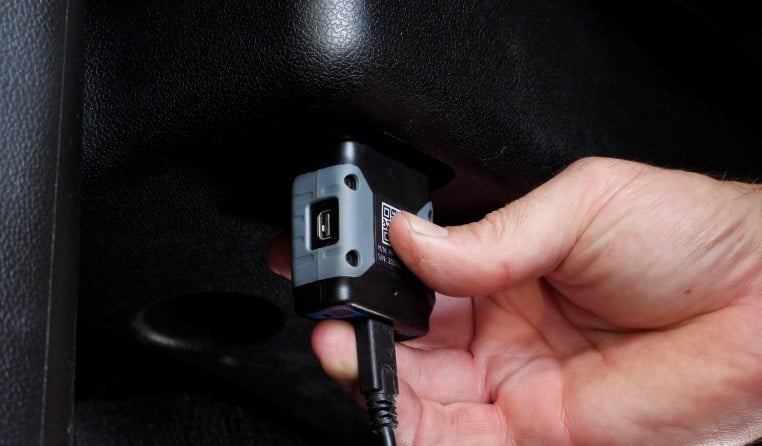
'Bench flashing' is another common custom tuning process. This is becoming more popular in diesel tuning with newer vehicles due to increasing OEM security measures. The 2017+ 6.6L Duramax (L5P & L5D) and 2020+ 6.7L Power Stroke, for example, both have advanced encryption software installed to prevent custom tuning. While HP Tuners provides an unlocked L5P/L5D ECM option that gives access to the MPVI2(+) or RTD(+) to flash through the OBD2 port, the 2020+ 6.7L Power Stroke ECM currently requires a 'bench tune', meaning the ECM must be removed and flashed with a special bench harness for custom tuning installation.
These advanced security restrictions and ECM swap/removal process has helped with the popularity of inline 'wire-in-gizmo' tuners and 'piggy-back' ECM tuners. These interceptor modules change the signal sent from the ECM to a controlled function such as fuel pressure, required boost, and other functions. Essentially, they trick the ECM into making more power. Make no mistake, these box programmers can make more power. However, they can also come with unintended side effects – increased soot production caused by unmetered fuel can result in increased regen frequency, for example.
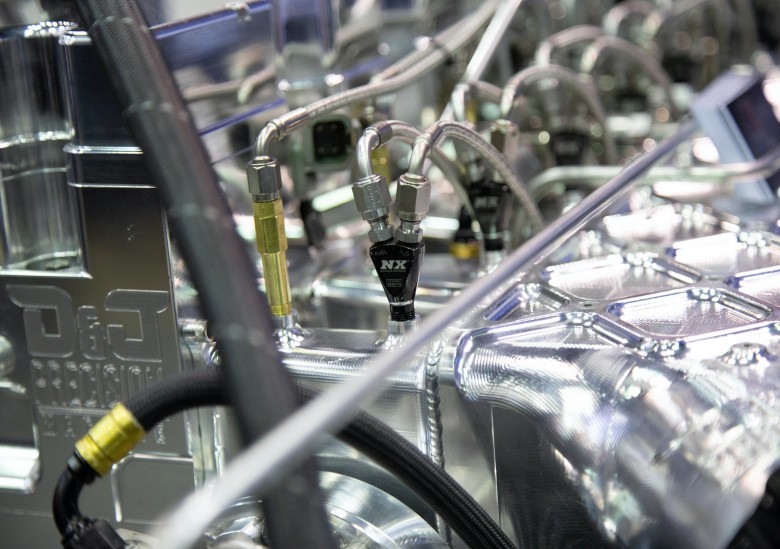
Future Upgrades
The functionality of having a tuner that can be upgraded and customized matters. Stop and think about it – even if you’re not building a race truck, you likely still are the type of enthusiast that replaces failed parts with upgraded versions. So, if down the road your turbo goes out, will a box tuner still work?
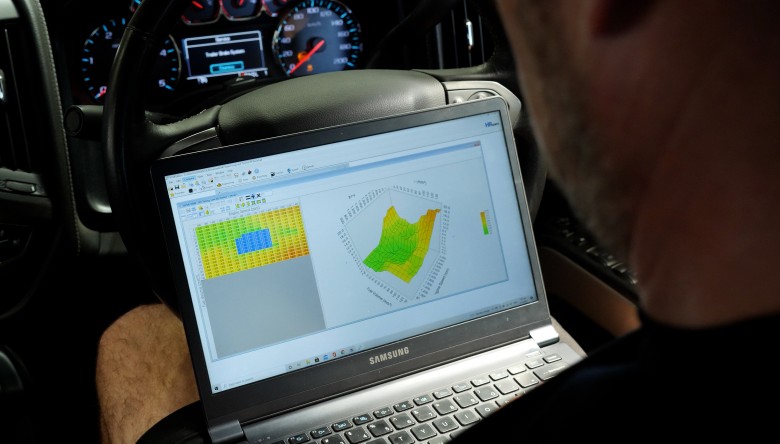
Custom tuning allows for specific changes based on your preference and modifications. A high-quality calibrator measures every available PID and sensor while increasing your diesel engine's performance. This ensures that you get the most out of the other performance upgrades. Imagine paying $6,000 USD for an upgraded set of fuel injectors and then your truck turns into a smoky pig that feels like it has less power.
Even stock trucks can take advantage of custom tuning. That's because reliability from the factory is largely based on the advanced ECM programming. The amount of sensors and feedback loops that a modern common rail diesel engine has is astounding. Custom tuning allows the safety features, such as AFR limits, to stay intact or be strategically altered to best suit your situation.
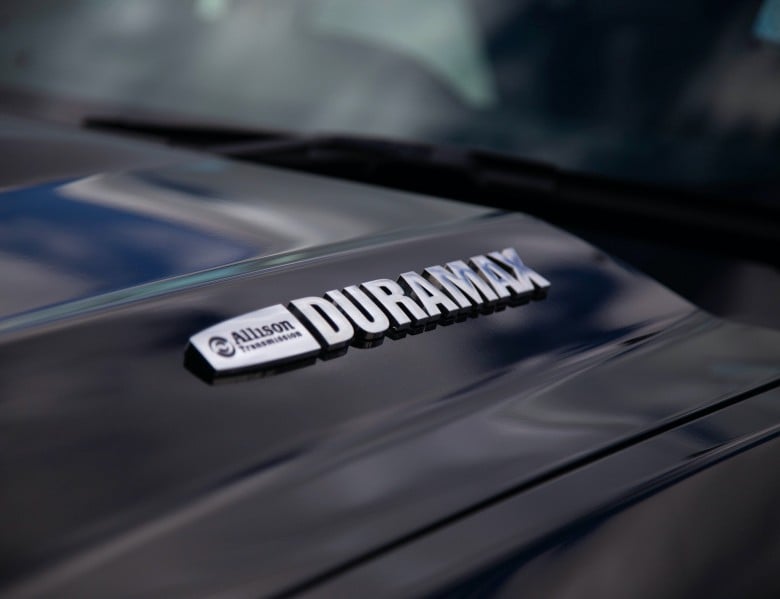
Vehicle Specific Options
There are a wide variety of custom tuning software solutions and box programmers available for many older diesel ECMs. However, we find newer vehicles generally have fewer options out there. If you’re looking at tuning a model less than a year old, you’ll be lucky to have two total options for legitimate tuning.
When picking a tuner for your vehicle or your customers’ vehicle, it's important to consider the future. Is this a vehicle that's going to stay with the owner for two years or 10 years? If this is a situation where another newer truck will need tuning in just a few years, it’s nice to know if there's any likelihood of being able to re-use your tuner or at least tuning hardware.
Custom tuning hardware almost always requires the purchase of a new tune file and credits or a license. Box programmers can often be returned to stock and used on another vehicle in the future, and while these box programmers tend to lack in overall drive experience, emissions-equipment reliability, and accurate engine monitoring, at least some of them can be used on several vehicles without having to purchase a new tune or license.
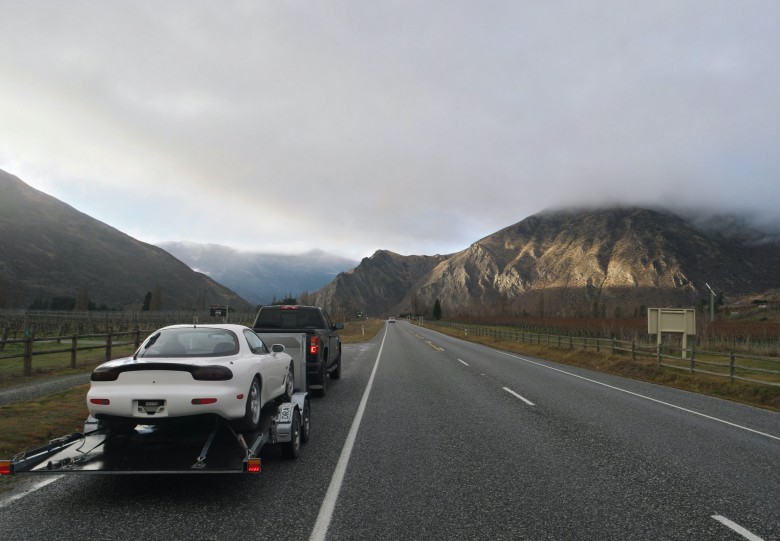
Driveability
Driveability is an all-encompassing term that's likely better phrased as 'driver experience'. Essentially, does the truck do what you expect it to do? When you mash the throttle a diesel should start to spool up, the turbo brake should work effortlessly, and the transient throttle response should be smooth and logical.
Your power increase from tuning should also be designed to work with the transmission your vehicle is equipped with. Diesel engines have a massive torque curve, and the driveability factor comes in when it’s time to use that torque. A proper custom tune will allow you to increase your power without sacrificing how your vehicle drives.
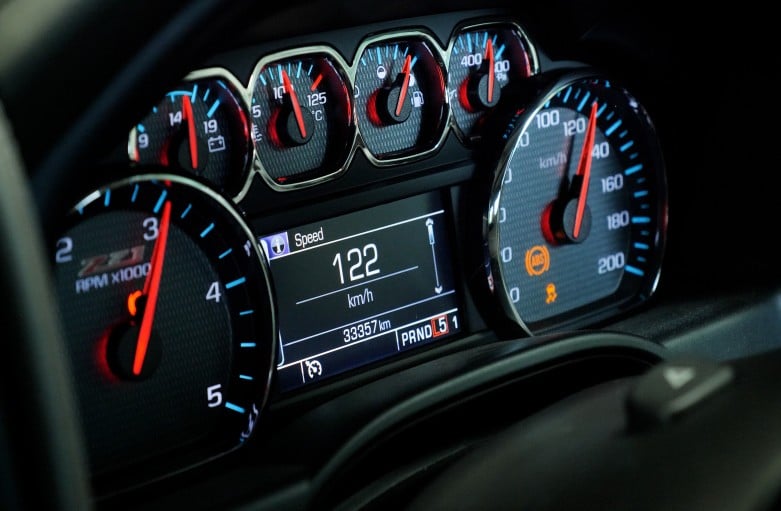
Conclusion
If you take just one thing away from this article it should be that it's important to understand that diesel tuning isn't just a one-size-fits-all situation. You need to clearly understand what your goal, priorities, and the limitations of your chosen platform are before blindly embarking down any one path. As we've already touched on, this list only skims the surface of some of the most common things we see people not putting proper thought into in the industry. Hopefully, though, this has given you more than enough ammo to start asking the right questions and digging into the right research before you commit and potentially waste a bunch of time and money that could have been put to better use by getting it right the first time, whether that is getting the tools to do it yourself, or knowing how to pick out a 'fly-by-night- tuning shop over a credible diesel engine tuner to do the work for you.
Enrol now to learn more about performance diesel tuning via a free series of lessons presented by Nick Priegnitz of Duramax Tuner and Calibrated Power Solutions. If you want to learn how to tune your own diesel engine or gain a greater insight into what is involved before you take things further with the Practical Diesel Tuning Course, these lessons are for you.
